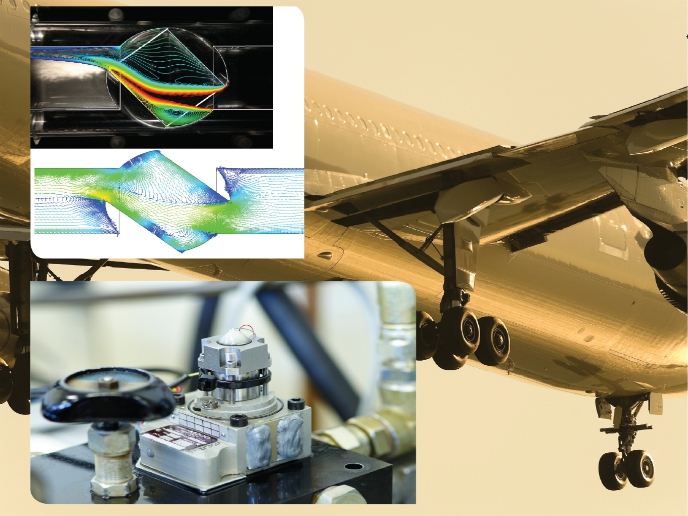Switching to safer electric power on aircraft
More electric aircraft are being designed by the aerospace industry in an effort to optimise aircraft performance. The use of electric power for all non-propulsive systems in aircraft helps to reduce fuel consumption by lowering the weight and using resources more effectively. The 'Safe fieldbus development for power electronic module' (SAFEPEM) project, funded by the EU, set out to follow this trend in the aerospace industry. The small SAFEPEM project was a one-company consortium within Europe's Clean Sky programme that was set up to reduce the environmental impact of aviation. Project members aimed to develop a novel data communication system for the control of power electronic modules (PEMs) that, in turn, control power generation in large passenger aircraft. Based on a computer network technology called time-triggered Ethernet, used for safety-related applications, SAFEPEM developed a new controller approach. It completed the electronic switch design and its integration, as well as the tools required to provide for appropriate monitoring and the planned configuration. Furthermore, the project developed a host application for the demonstration and integration of all its components into a final demonstration setup. This comprised five PEMs and provided both evidence and proof that the requirements had been met and the resulting system worked according to specifications. Now completed, SAFEPEM developed a robust, reliable and scalable system architecture that enables its implementation in many aircraft platforms with only a minimal number of modifications. This development will improve the current power system control by providing aircraft designers with increased flexibility in design. In turn, this will make a significant contribution to an energy-saving and more cost-efficient European aerospace industry.







